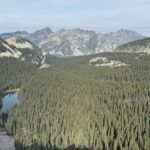![]() By Derf Johnson
By Derf Johnson
Despite overwhelming support from the public for clean water, as soon as the session begins, water quality protections cease to be a priority for legislators who seek to pave the way for expedited mining and development permitting. While several bills will impact water quantity (see article on pg. 21), many bills also take aim at the purity and quality of our water. Unfortunately, this session is just a milestone in a decades-long trend of removing water quality protections for short-term development goals. Here are the worst of the worst.
As in previous sessions, legislation is being considered that would allow more water pollution from coal mines. HB 587 (Rep. Gary Parry, R-Colstrip) changes the definition of “material damage” under the Montana Surface and Underground Mine Reclamation Act (MSUMRA). Under the proposed change, material damage would have to be demonstrated through an expensive and time-consuming statistical analysis “measured to a significant degree of confidence.” Even more alarming, the bill eliminates “violation of water quality standards” from the definition, purportedly allowing for coal mines to pollute beyond water quality standards without violating MSUMRA. This definition will almost certainly lead to water quality impacts outside of coal mines and a more difficult process for citizens and adjacent landowners to hold coal mining companies and the Department of Environmental Quality (DEQ) accountable.
Continuing a tedious saga of rollbacks, HB 664 (Rep. Bill Mercer, R-Billings) attempts to repeal numeric nutrient standards – again. Numeric standards are science-based water quality standards that aim to prevent destructive algal blooms by monitoring and addressing excessive levels of nutrients in waterways. Excess nutrients enter waterways through many means, but most often through sewage and agricultural runoff. In 2021, the Legislature passed legislation attempting to roll back these standards to more subjective “narrative” standards, but the U.S. Environmental Protection Agency (EPA) rejected the “immediate effective date” of the legislation, and the stakeholder working group and DEQ were unable to agree to a set of regulations implementing the narrative standards. HB 664 is the attempt to do this again, only this time there is no plan in place to replace the numeric standards with a different water quality regulation program. Such a move is likely illegal and not probably to be approved by the EPA, only sowing further confusion in this ongoing saga.
HB 685 (Rep. Steve Fitzpatrick, R-Great Falls) would change Montana’s non-degradation policy, which is meant to “maintain and protect” Montana’s water for high-quality waterbodies. The bill would shift from what should be a “pollution prevention” approach to one of “pollution allowance” through a “feasibility allowance” (an undefined term). The most problematic section of the bill would remove the careful balancing of interests in Montana’s non-degradation policy by eliminating the consideration of pollution and its impacts on the environment and society, and force the department to only consider the benefits of economic development.
Finally, HB 684 (Rep. Steve Fitzpatrick, R-Great Falls) would eliminate the 60-day deadline during which DEQ must consider a citizen petition to review the best available science and information on the potential impairment of a waterbody, which then requires DEQ to develop a plan to restore and protect its water. Removing this deadline makes the petition process effectively meaningless, as it allows for DEQ to entirely ignore a publicly-submitted petition, ostensibly forever. Even if there is insurmountable evidence that a waterbody is impaired, DEQ could potentially ignore a petition under the language of this bill.
The protection and restoration of Montana’s rivers and streams isn’t just good for the ecological health of our waterways, but good for Montana’s economy and our way of life. Unfortunately, the Legislature still hasn’t read the memo. MEIC will be at the Capitol every day until adjournment, fighting for our rivers, streams, and lakes, but we can’t do it without your help, so be sure to watch our email action alerts for the most pressing bills on our list.
This article was published in the March 2025 issue of Down To Earth.


